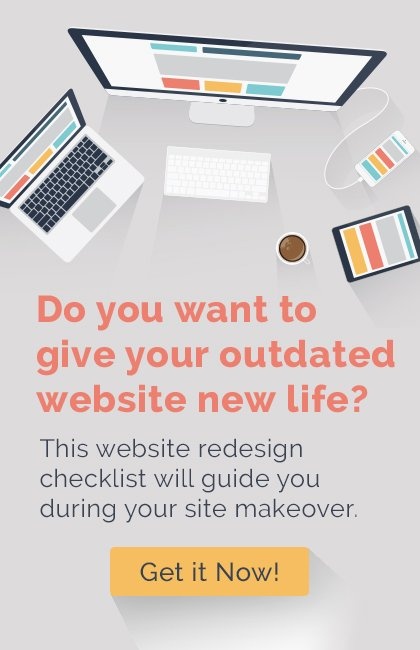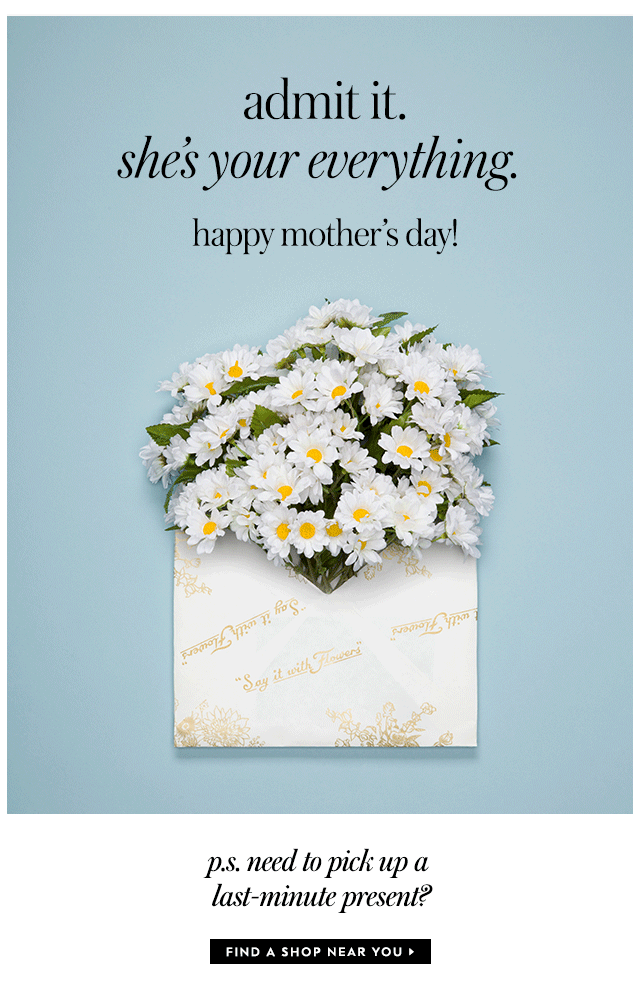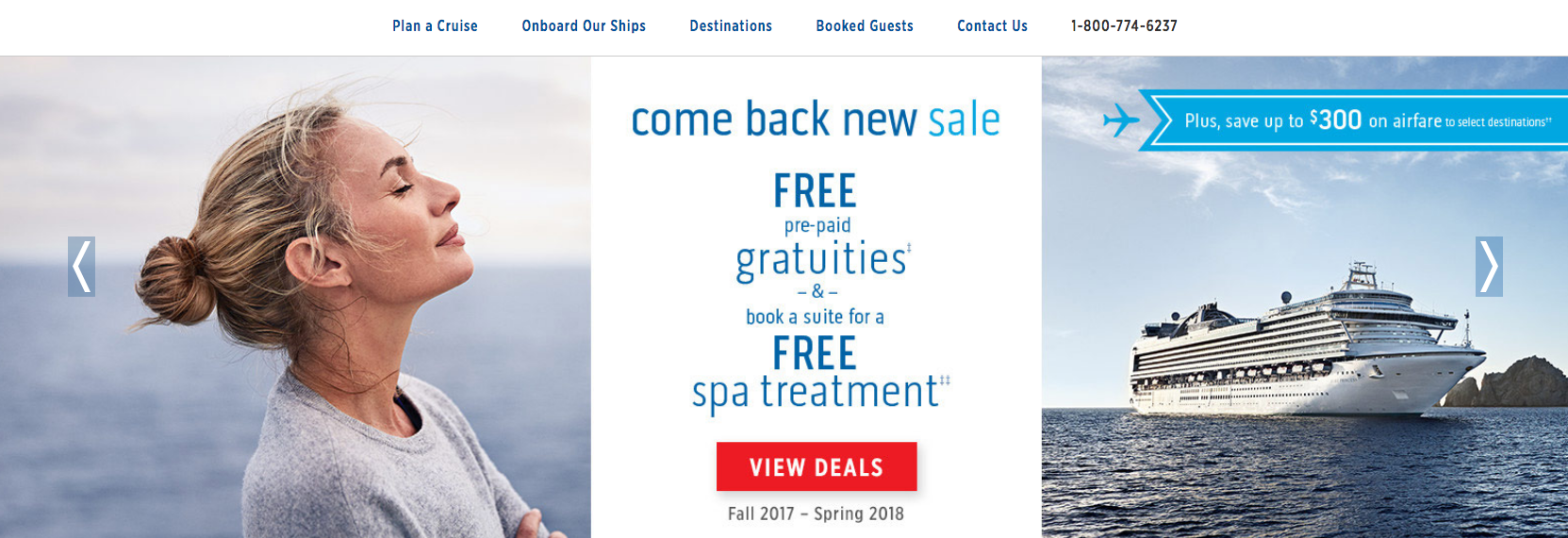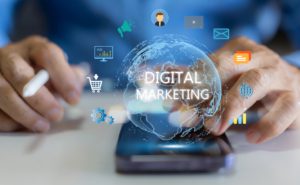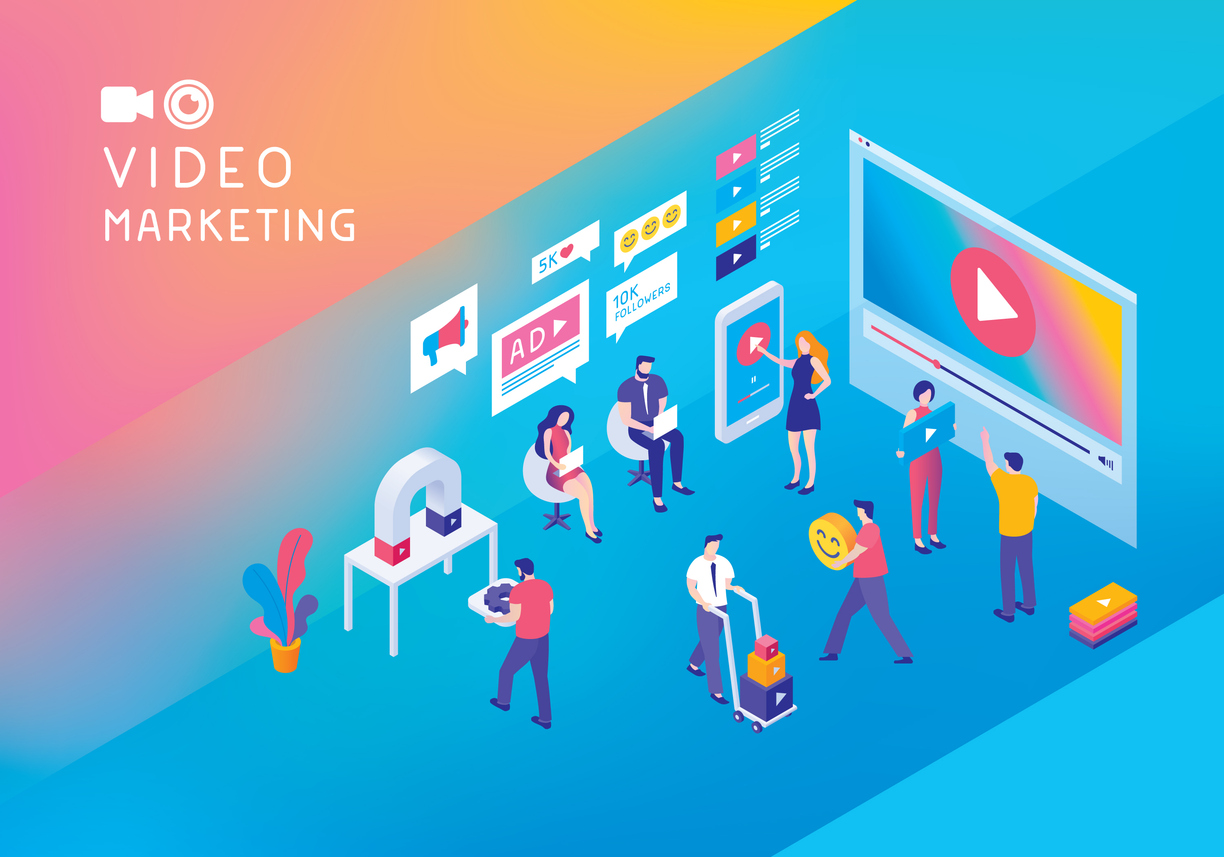
Considering The Pros and Cons of Using Artificial Intelligence In Marketing
Artificial Intelligence (AI) is becoming more and more prominent across all industries. The uses of AI range from manufacturing incredibly complex microchips, to driving unmanned vehicles. However, it’s also used in a more behind-the-scenes capacity. For example, businesses use AI tools to help collect and analyze customer data as well as to engage with customers and prospects on their website and social media channels. It’s important to understand that there are artificial intelligence pros and cons. The following are a few of the artificial intelligence pros and cons that you should keep in mind:

The Pros Of Artificial Intelligence
These are just a few of the benefits of using AI:
- Personalize interactions – AI tools can collect user information and behaviors of a customer or lead to execute specific actions. For example, if a customer buys a product, AI can automatically send them an email not only thanking them for their purchase but recommending a similar product. A good example of this is Netflix. Netflix uses a complex algorithm to personalize their user experience by recommending movies and shows based on their watch history. You can also use AI to send leads dynamic content that’s based on their specific behavior and information.
- Improve marketing efficiency – The use of AI can help eliminate mundane and time-consuming tasks. Delegating repetitive tasks like data entry, basic customer inquiries, and preliminary lead qualification to AI frees up time for your marketing and sales teams. The teams can then use this time to focus on more important matters. Additionally, AI tools allow you to collect vast amounts of data that you would never be able to manually sort and analyze. This means that by using AI, you can make faster and better decisions based on accurate, real-time information.
- Reduce costs – Not only does saving time help reduce costs, but it can also save money on staffing. For example, the use of chatbots means that you don’t need as many customer representatives on standby. The use of AI can also help eliminate errors. Humans are more likely to make mistakes that can be costly when performing repetitive tasks due to boredom. AI tools eliminate the risk of potentially expensive errors in tasks such as these.
Also Read: Empowering and Transforming Digital Marketing with AI

The Cons Of Artificial Intelligence
The following are some of the current drawbacks of AI:
- Many customers still prefer human interaction – Chatbots can help provide people with answers to basic questions. You can even personalize the interactions to some extent. No customer is going to mistake a chatbot for an actual human, though. Many customers will prefer to speak to an actual human instead of speaking to a chatbot.
- Fewer jobs – Because you may not need as big of a staff due to the use of AI, it means you won’t be employing as many people as you would have otherwise. Just keep in mind that even though AI has cost people some jobs, in the long term, it has and will create more jobs as well.
- AI can only make logic-based decisions – There have been cases where companies have performed actions that seemed callous as a result of AI. For example, Uber operates on an AI tool that determines how much rates will be based on supply and demand. When there’s a big demand, rates go up. When a shooting and hostage situation occurred in Sydney, Australia, a few years back, people in the area tried to leave via Ubers. Uber’s rates went up automatically, which made them seem cold-hearted. Uber received bad press because of the incident.
These are a few artificial intelligence pros and cons to keep in mind. As you can see, the use of AI can greatly benefit your marketing strategy; however, it’s important not to over-rely on your AI tools as there are still some limitations as well.


